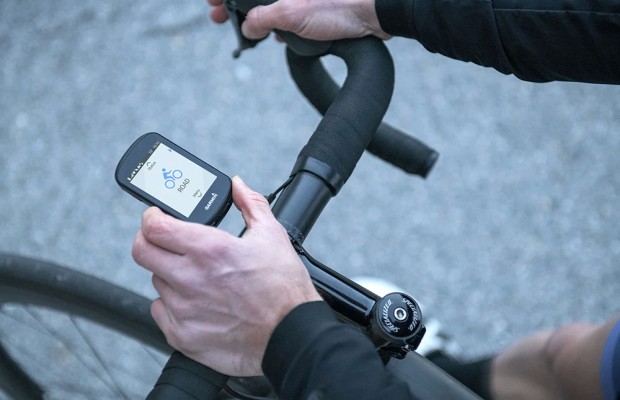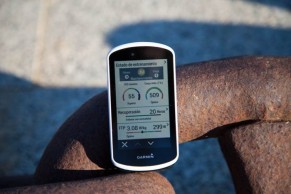What is heart rate variability and how does it affect the cyclist?
Although training today focuses on watts, our heart can still provide us with a lot of information about our fitness and effort assimilation. The heart rate variability defines how our heart beats and allows modern cyclocomputers to calculate everything from our cumulative fatigue to estimating VO2max.

Heart rate variability: listen to your heart for optimal training
Nowadays, with the popularization of the use of power meters, many people dispense with the traditional heart rate monitor strap. However, trainers still prefer to use this accessory because the heart rate, although not accurate for determining the intensity of the effort, provides other data about the effect of training on the body.
One of the main data obtained from using a heart rate monitor is heart rate variability, a measurement of how the heartbeat varies over a given time interval.
RECOMENDADO

What is the bracelet worn by Van der Poel?

Garmin Edge GPS range, which one to choose?

The best gravel groupsets of the moment

How to lose body fat? Differences between losing weight and losing fat

When must the tubeless tire sealant be replaced? What quantity?

The real importance of signing up for a race

Heart rate variability is based on the fact that the heart beats are not regular but undergo small changes of milliseconds in the cycle between beats. This irregularity in the heart rhythm is due to how the autonomic nervous system controls the functioning of the heart.
This autonomic nervous system is divided into two branches, the sympathetic which takes control when the organism is subjected to stressful situations and is responsible for accelerating the heart rate. On the other hand, the parasympathetic system is in charge of returning the organism to calm and one of its functions is to slow down the heart rate.

When the organism is relaxed, both systems work at the same time, telling the heart to speed up on the one hand and to slow down on the other, so heart rate variability is greater. On the contrary, when we are tired or in a stressful situation it is the sympathetic system that dominates, so the variability is lower.
Heart rate variability is easily measurable in view of an electrocardiogram, simply by measuring the distance between the peaks of the graph generated by each heartbeat. Today, many modern heart rate monitor straps are also capable of measuring this parameter, which cyclocomputers and other devices are able to interpret.
What is the purpose of measuring heart rate variability?
As you may have guessed, the heart rate variability offers us a good way to determine whether our body is fatigued or not. Garmin is the one who has tried the most to take advantage of this data and their cyclocomputers are capable of interpreting it in various ways.

First, precisely for its essential objective, to define whether or not we are recovered after previous trainings. But they also manage to relate the heart rate variability data to other values such as VO2max in such a way that they are able to offer a fairly approximate estimate of it. Even the latest generation devices also use it to calculate the lactate threshold, sleep levels or respiration.
In the field of professional teams, in addition to serving to check how riders assimilate efforts, heart rate variability is an indicator that makes it possible to anticipate when a rider is going to fall ill, something that EF Education-Easy Post rider Neilson Powless, who had abnormal heart rate variability values detected three days before falling ill and testing positive for covid, was able to verify.

Another use of heart rate variability is to be able to determine the training load that the cyclist can tolerate on a given day. It is measured in the morning and depending on the data obtained, it is decided how the day's training will be. This makes it possible to fine-tune the application of loads, reducing to a minimum the possibility of overtraining or simply to better adjust the loads to reach the peak of fitness exactly at the desired time.
For the moment, heart rate variability is a relatively new parameter, but research is gradually finding new practical applications that will undoubtedly raise the performance threshold in the coming years, something from which we can all benefit in the end, as has been demonstrated over the last few decades, first with the introduction of heart rate monitors or, in recent years, thanks to the popularization of power meters, tools that until recently were only accessible to competitors.